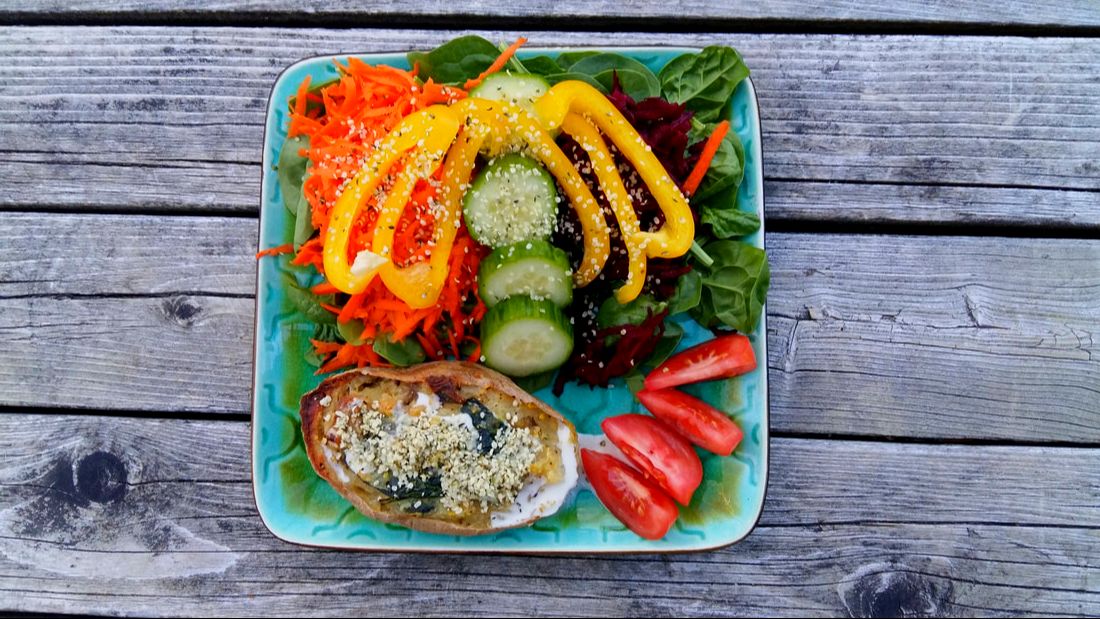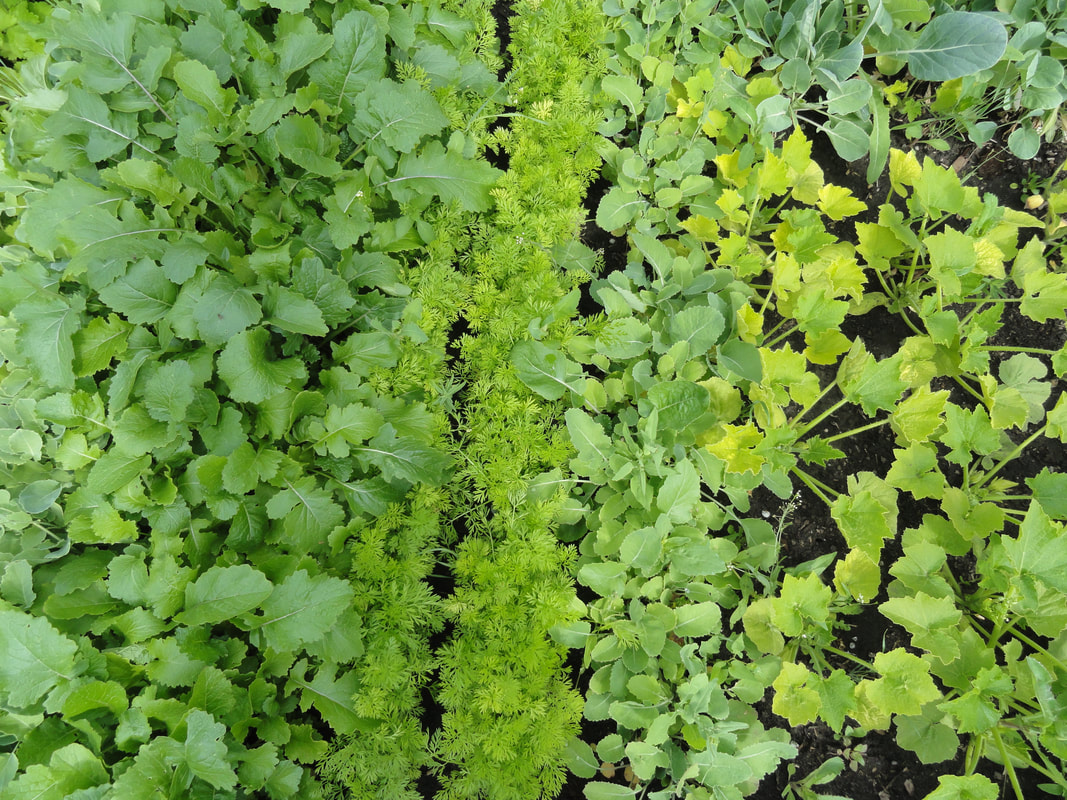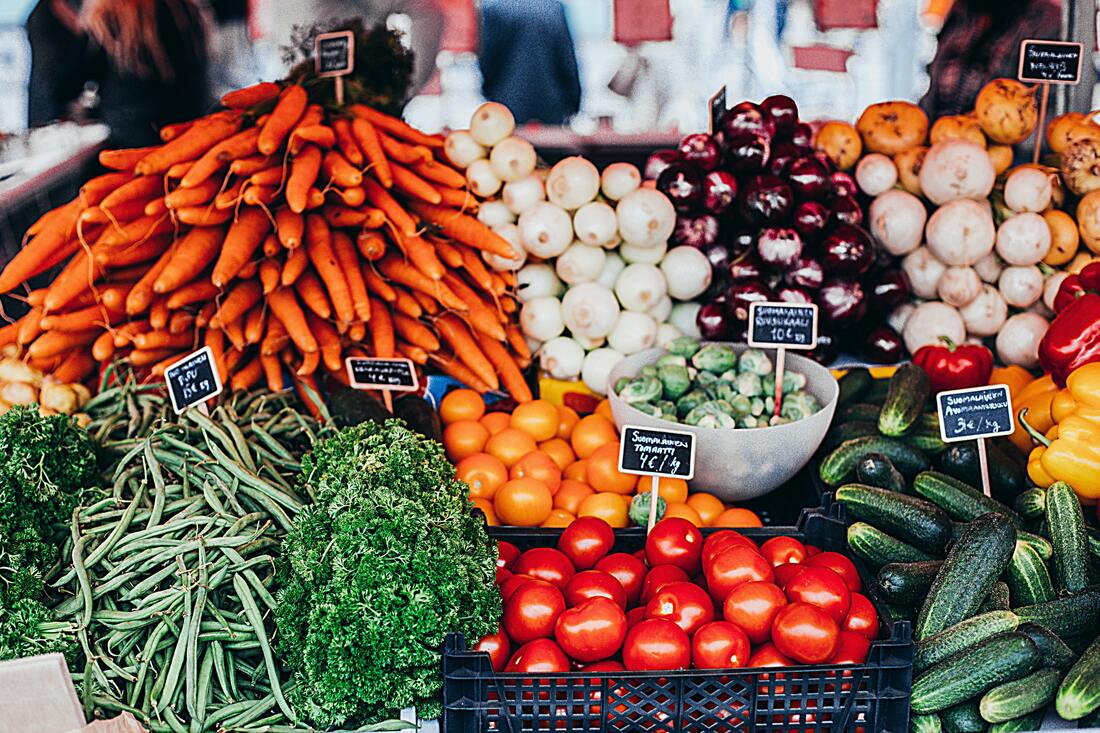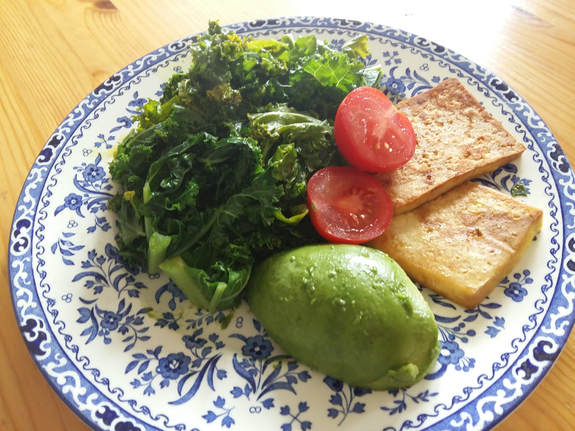Are You getting enough veggies and fruit everyday? Statistically; over 70% of Canadians aren't getting the recommended 7-10 servings. While "suggested servings" might be a little confusing, filling half your plate with a variety of colourful veggies at every meal and eating fruit as snacks throughout the day might be the easiest way to up those servings.
Why are so many veggies and fruits recommended from Health Canada? Looking at the research, phytonutrients in these foods are incredibly important to maintaining good health. Eating a wide variety of colourful vegetables combats inflammation and helps prevent chronic disease. These foods are high in fibre, antioxidants, vitamins and minerals but why eat the rainbow instead of carrots?
Green fruits and vegetables like asparagus, avocados, broccoli, green beans, green cabbage, cucumbers, kale, chard, other dark leafy greens and peas get their colour from chlorophyll. While some dark greens are a good source of lutein that works with zeaxanthin found in other colored produce to support eye health, others contain indoles that may help protect against certain types of cancer.
Orange and yellows fruits and vegetables like cantaloupe, carrots, oranges, peaches, pumpkin, squash, sweet corn and sweet potatoes colour come from carotenoids, which get converted by the body into vitamin A that help protect against cancers, heart disease, age-related macular degeneration and other eye diseases. Citrus fruits in this category are high in Vitamin C & folate (an important B vit. which may reduce risk of birth defects.)
Red fruits and vegetables including apples, beets, red cabbage, cherries, red grapes, red peppers, radishes, strawberries, tomatoes, watermelon red colours come from lycopene well studied to help reduce the risk of cancer and anthocyanins a powerful antioxidants that protect the cells from free radical damage and healthy for the heart.
Blue and purple fruits and vegetables like blueberries, eggplant, figs, plums, purple grapes and raisins get their dark color from anthocyanins that may also help reduce the risk of cancer, stroke, heart disease, memory decline & aging-related diseases.
White fruits and vegetables such as bananas, cauliflower, garlic, jicama, mushrooms, onions, potatoes, parsnips and turnips white colour comes from anthoxanthins. Garlic & onions contain allicin that may help lower cholesterol and blood pressure as well as reduce risks of stomach cancer and heart disease.
Don’t be afraid to add frozen or canned fruits and vegetables into your meals. Picking up fresh produce can be expensive, especially since their shelf life is short. Mix fresh bought with frozen and canned veggies to have apply supply throughout the week. And don't worry about the molecular structure of these colourful foods, just add variety. Eating a variety of in season colour veggies and fruit may be your best preventative medicine.
If you need some ideas head over to the recipes page for inspiring ideas of what to make for dinner. Try something new, make it your own and reap the rewards of a diverse and colourful diet.
Health & Happiness,
~R





